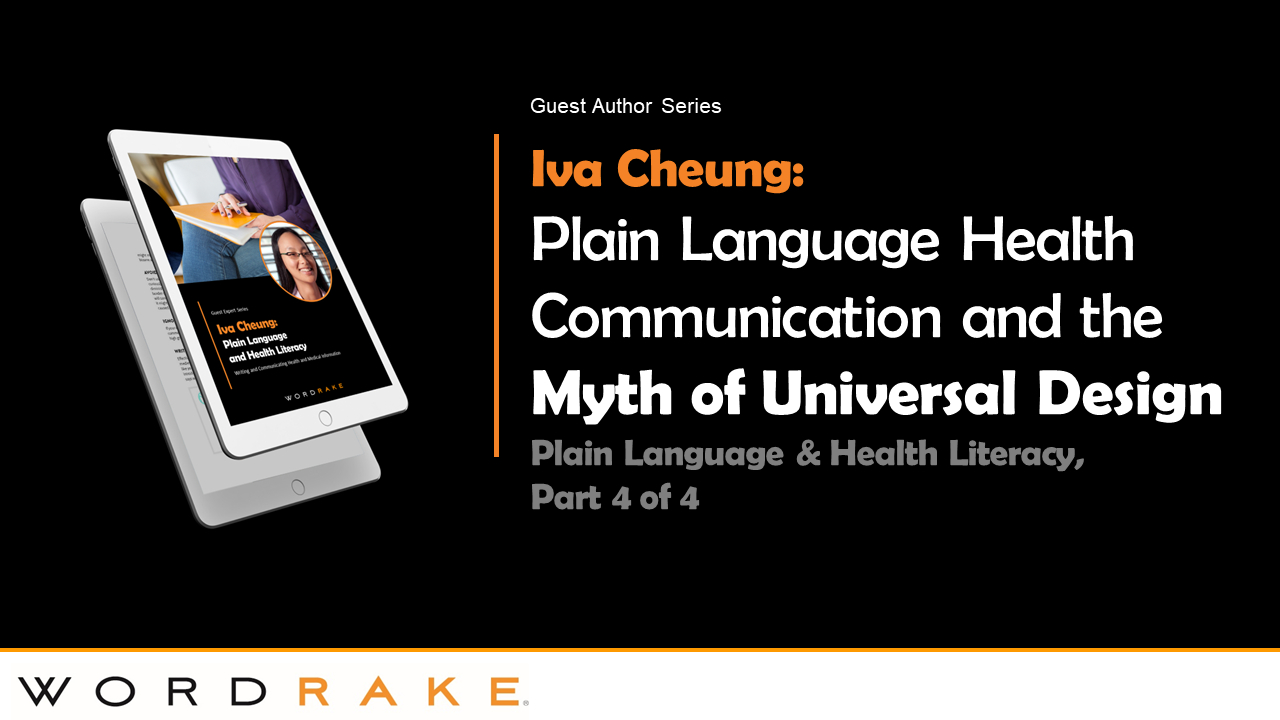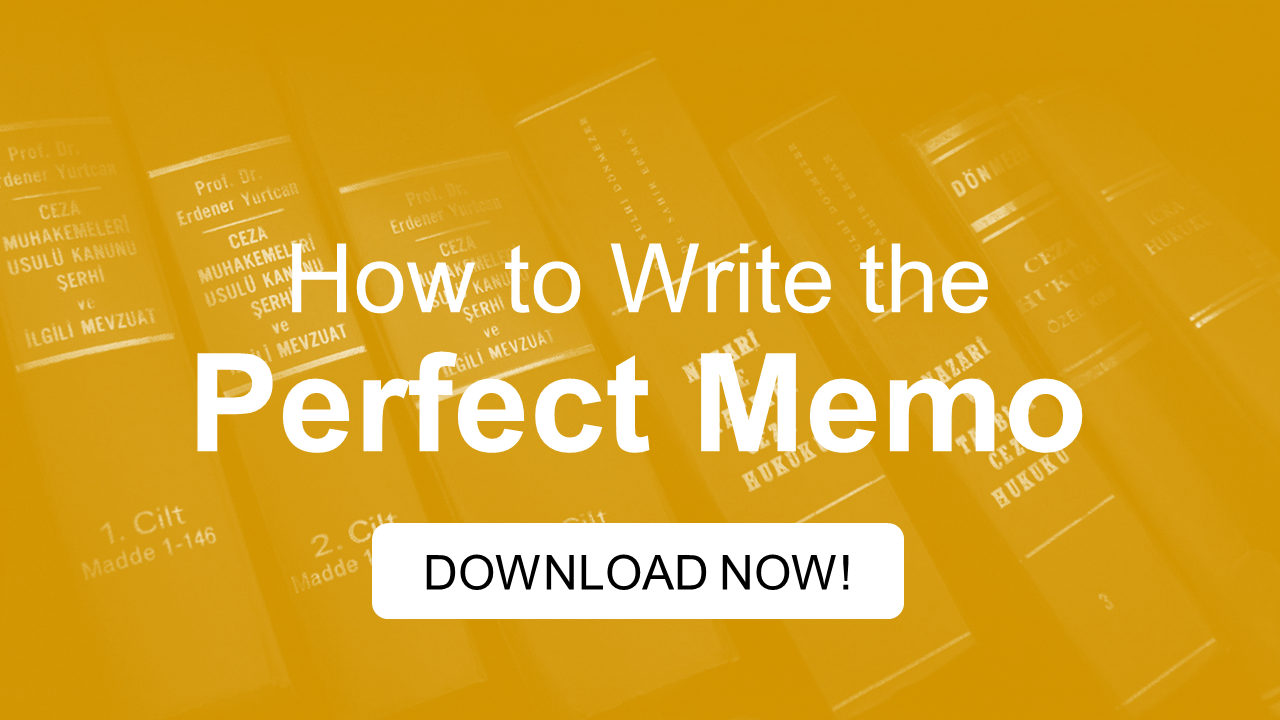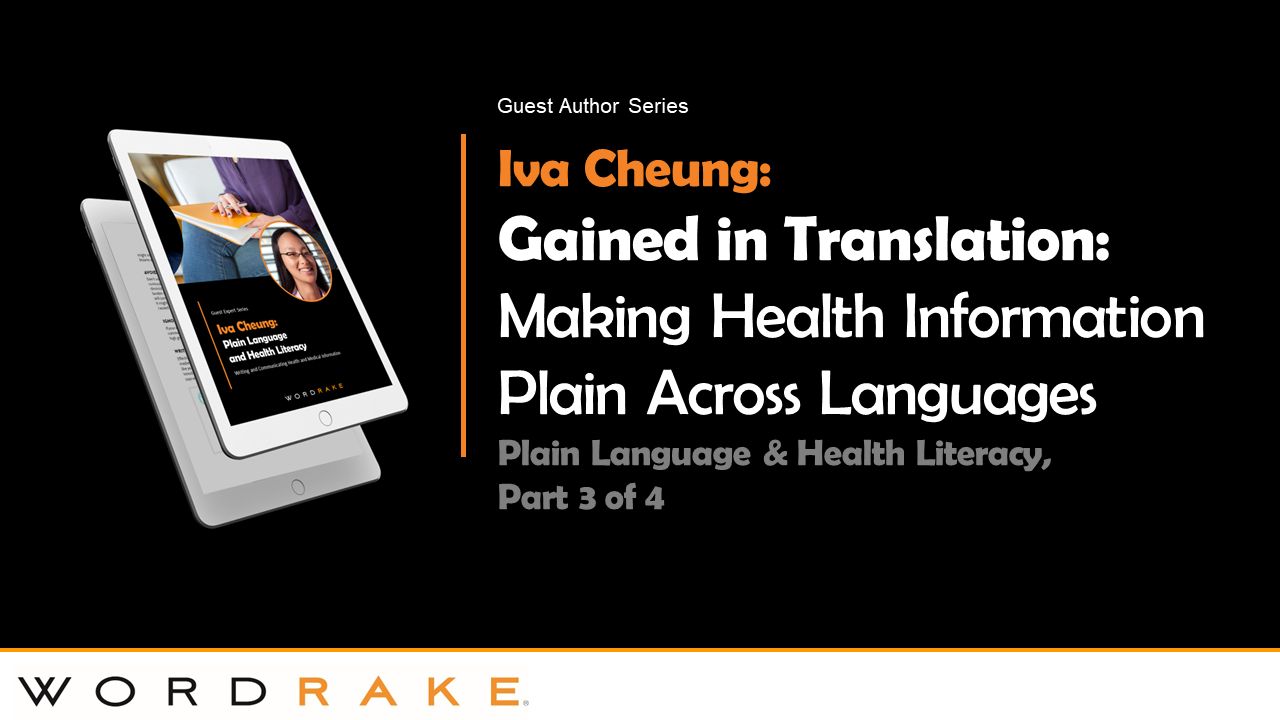Terminology note: I’ll use the term “patients” to refer to people who have direct lived experience with a health condition and who receive services from the healthcare system. Different people may prefer different terms—like client, service user, and self-advocate, among others—depending on context.
Introduction
“Universal design is the design and composition of an environment so that it can be accessed, understood and used to the greatest extent possible by all people regardless of their age, size, ability or disability. An environment (or any building, product, or service in that environment) should be designed to meet the needs of all people who wish to use it.” — Centre for Excellence in Universal Design
Design that serves and includes as many people as possible is a laudable aspiration. Curb cuts and ramps are common examples of the benefits of universal design: they work for wheelchair users and people on foot, and they also help anyone pushing strollers or hauling rolling luggage. Some communicators see plain language playing a similar role—a way of making information understandable to as many people as possible.
Reality, though, has a way of being messy and nuanced, and a feature that helps one group can hinder another. For example, the bumps in tactile paving that help blind people or folks with low vision can make travelling in a wheelchair more challenging. Similarly, common plain language practices that serve the information needs of some people might increase confusion for others.
Here are a few common pieces of plain language advice that are not as universal as we might like to think.
Always Choose the Simplest Way to Say Something
“No one ever complains that something is too easy to understand,” some plain language advocates like to say. But I’ve heard this complaint many times—both from people who use language to reinforce their power and from members of the audience who feel that more familiar words or conversational tones seem less authoritative and less trustworthy. In a study of involuntary psychiatric patients receiving information about their rights, most participants preferred a full-color, illustrated pamphlet, but some preferred a bureaucratic-looking form because it seemed more “official.” Communicators must find the right register for the occasion and balance authority with clarity.
But, beyond register, a key reason simpler is not always better is a phenomenon known as the expertise reversal effect, where instructional techniques that help learners with little knowledge of a topic can slow down learning in people who already have some expertise. These higher-knowledge learners can become confused by what they perceive as redundant information in step-by-step instruction, for example.
Eliminate Jargon
Communicators disdain corporate jargon steeped in opaque metaphors—like “vertical integration” or “move the needle”—for good reason, but disciplinary jargon has its place as a way for people within the same field to efficiently exchange information and ideas. If your audience consists of health researchers reviewing grant applications, it makes sense to use discipline-specific terms that will be familiar to that audience.
That said, ensuring that people just joining the field can easily find definitions for those terms is a best practice in communications.
Use Bulleted Lists
Bulleted lists can clarify communication in several ways. They convey that the list items are related, build in white space when typeset, and let readers pause and digest each item.
As with any tool, bulleted lists can be inappropriately used. For example, unnecessarily typesetting sentences as a list can imply a relationship between list items that doesn’t exist. Further, using too many nested lists flattens the visual hierarchy, making it harder for a reader to figure out what’s important.
Although lists can help most readers, they might not be appropriate for people with intellectual disabilities. A bulleted list usually starts with a stem—an introductory phrase or sentence—and some readers can’t hold that information in their working memory while they read through a list. As a result, the relationship between list items isn’t clear, and the list items come across as confusingly disjointed.
Georgia Tech’s Center for Inclusive Design and Innovation created COVID-19 information for people with intellectual disabilities. Instead of using bullet points to list ways that COVID can spread, they use complete sentences:
COVID-19 is a virus.
COVID-19 can spread easily.
COVID-19 can spread between people.
COVID-19 can spread when people are too close.
COVID-19 can spread when people cough.
COVID-19 can spread when people sneeze.
COVID-19 can spread when people talk.
COVID-19 can spread when people sing.
Even when using bulleted lists, different readers may have conflicting needs. For example, some plain language designers encourage communicators to leave punctuation off the end of list items to reduce visual clutter. But doing so can confuse some screen readers, which makes it harder for people with print disabilities to access the content.
Use Images
Images can help break up an intimidating wall of text and make a communication more inviting to read. They can also convey mood, reinforce a message, and communicate visual information. But an image that isn’t a literal depiction can be confusing for readers with intellectual disabilities. Images, especially photos used purely decoratively, can be distracting because a reader usually can’t help looking at them, even if their content might not match or further the message of the text.
As an example, the Centers for Disease Control and Prevention (CDC) had a COVID-19 information page with a photo of several people around a birthday cake, with the heading “Protect Unvaccinated Family Members.” The photo was used to convey the concept of family, but when user tested with readers with intellectual disabilities, many of them interpreted the photo literally, as people gathered around a birthday cake, and didn’t connect the image to the idea of a family.
When developing health information for people with intellectual disabilities, it may be best to omit all unnecessary images and user test images you do include to make sure that readers will understand them.
In English Texts, Prefer Words with Germanic Roots
For plain language editors who work in English, a common bit of advice is to choose a word with a Germanic root rather than its Latinate equivalent—for example, help instead of assist, or start instead of initiate. Words with Germanic roots tend to be shorter, more familiar, and more concrete. In health communication, this advice can be useful to follow: calling your hospital department the “kidney unit” instead of “nephrology” may be less confusing and intimidating for patients.
But for English language learners who primarily use a romance language, like French, Italian, Portuguese, or Spanish, words with Latinate origins can be easier to understand because they often have direct cognates in their own language. Further, phrasal verbs like throw up meaning “vomit” or pass out meaning “lose consciousness,” which often have Germanic roots, can be very hard for English language learners of all types to understand, because their meaning is usually idiomatic and not transparent.
Closing Thoughts
There’s a misconception that straying from commonly offered plain language guidelines means your communication is no longer in plain language, but following a checklist isn’t what makes a communication plain. Plain language advice is based on evidence, but that evidence was gathered from specific audiences in specific contexts.
The audience is central to the definition of plain language: if you break all of these so-called rules and your intended audience finds your communication easy to find, understand, and use, then it’s in plain language.
These examples show how complex health communication be: different audiences will have different—often conflicting—information needs. If you have more than one audience, you might have to produce more than one version of a communication. There’s no single plain language version that serves everyone.
Resource
Center for Literacy & Disability Studies (2021) Guidelines for Minimizing the Complexity of Text, https://cidi.gatech.edu/sites/default/files/2021-02/Minimized
About the Author
Iva Cheung is a Certified Professional Editor, indexer, and researcher specializing in communication accessibility and plain language. She has won three Editors Canada awards: the Tom Fairley Award for Editorial Excellence, the President's Award for Volunteer Service, and the Karen Virag Award for promoting the editing profession. She holds a Master of Publishing degree and a PhD in health sciences, and she teaches a course on health literacy for Simon Fraser University's Plain Language Certificate program. Find Iva at ivacheung.com or follow her on Twitter.
Series on Plain Language and Health Literacy
This is the fourth piece in a series of four articles on plain language and health literacy by award-winning editor Iva Cheung. We hope this series sheds light on the importance of plain language as a tool to improve access to information. WordRake editing software finds opportunities for writers to use concise phrasing and familiar words that may better serve the audience. With a single click, it generates edit suggestions that can help reduce readers' mental effort and increase the impact of the message. Writers can accept or reject edit suggestions to strike the perfect balance between clarity and register. WordRake editing software is available for Microsoft Word and Outlook on Windows, or for Microsoft Word only on Mac. You can try it free for 7 days.









